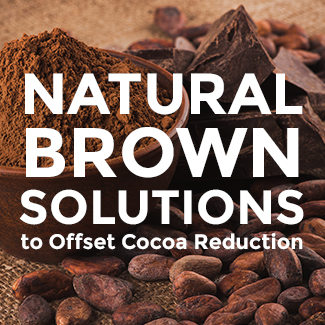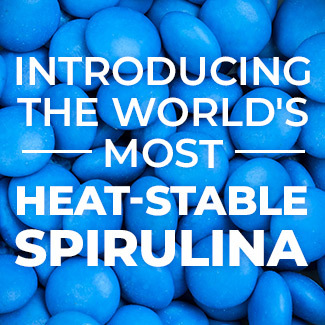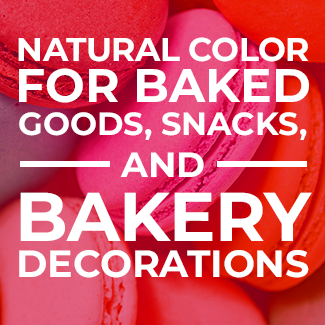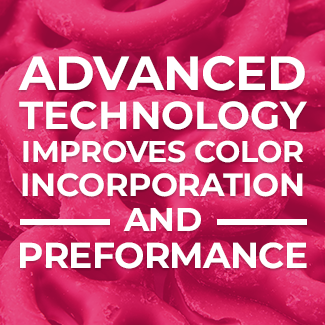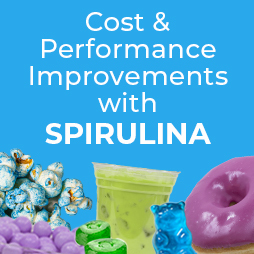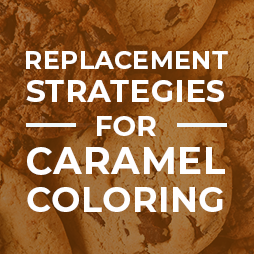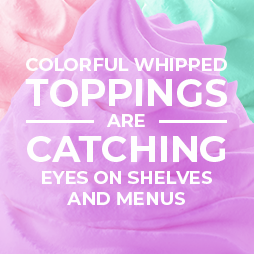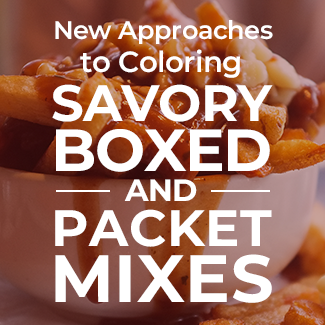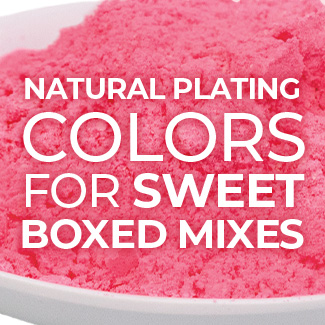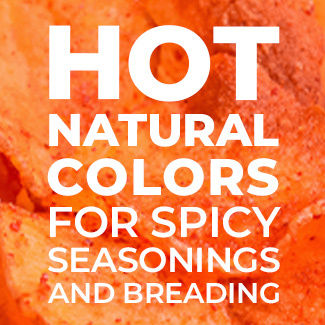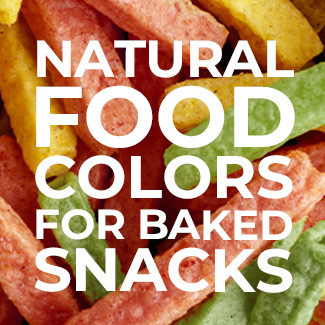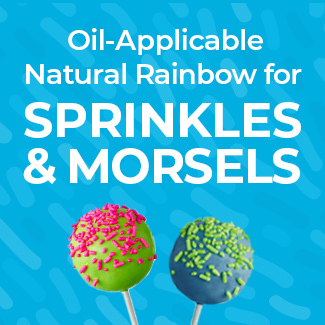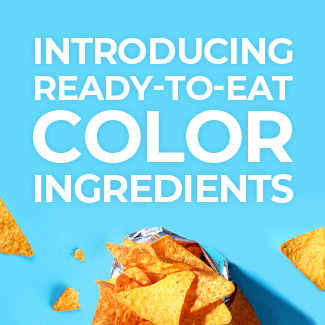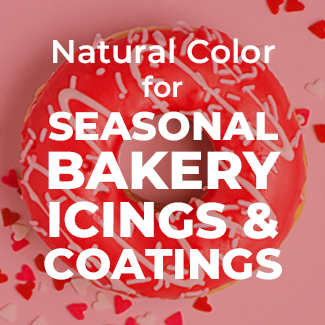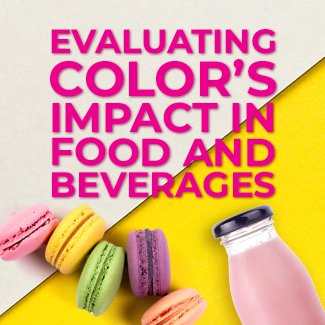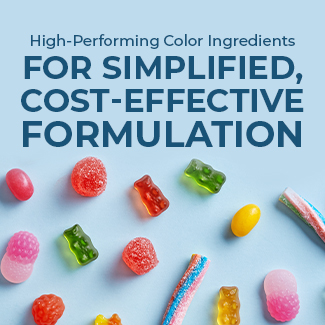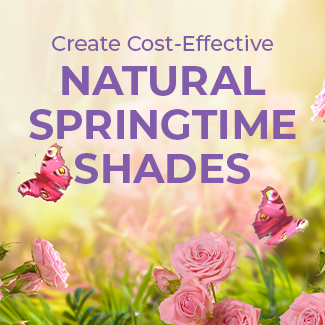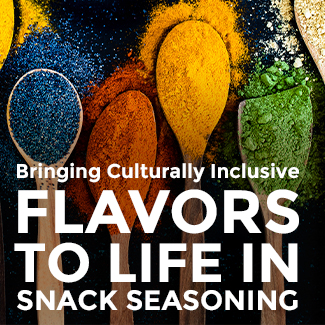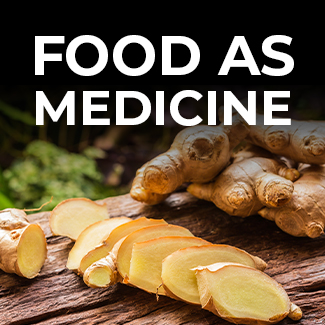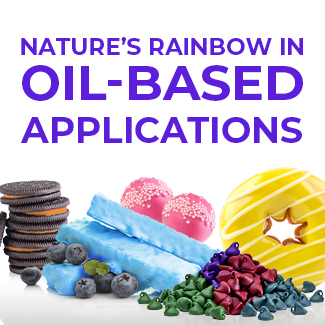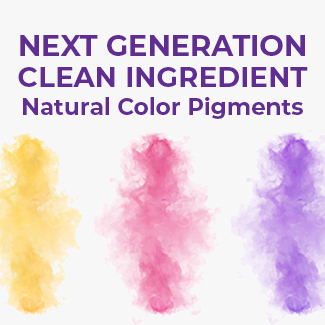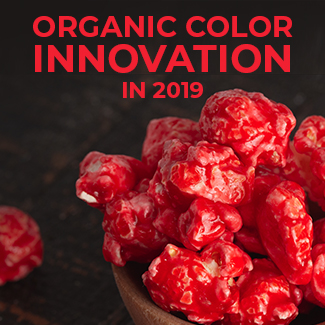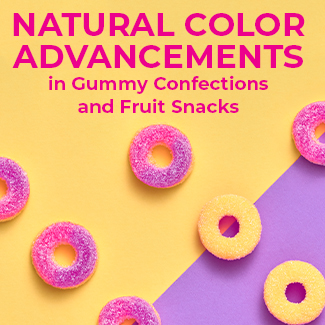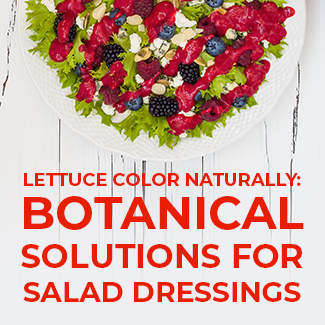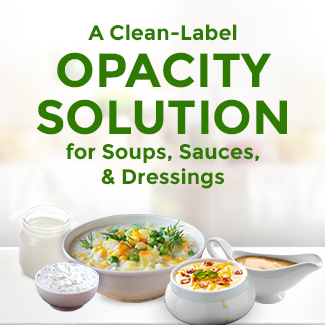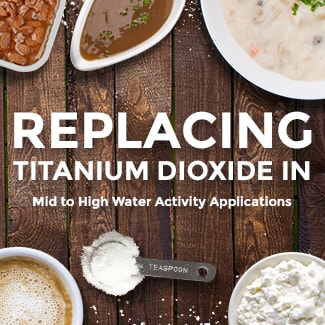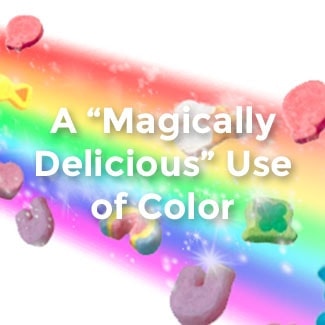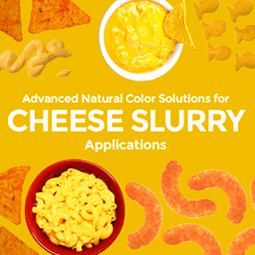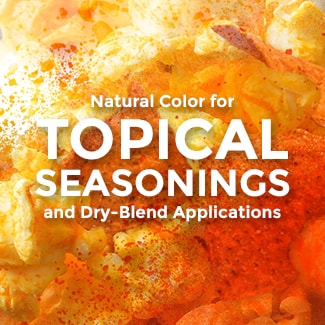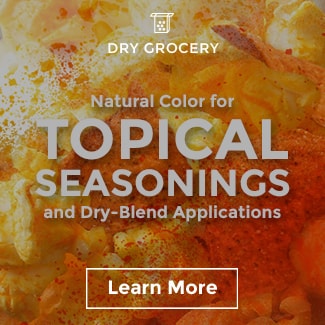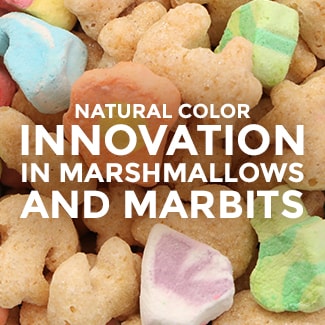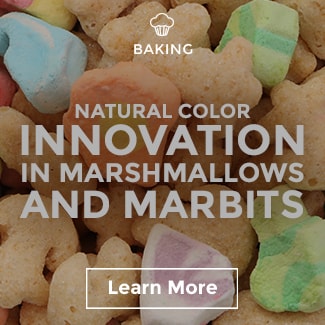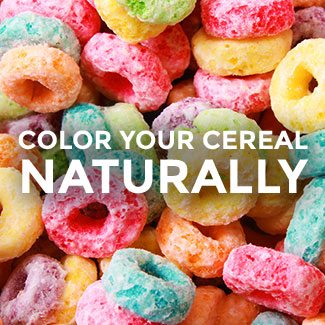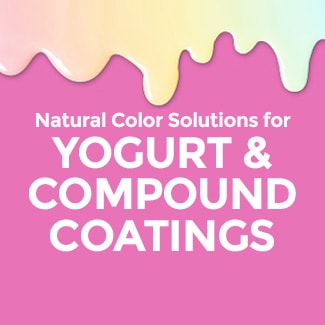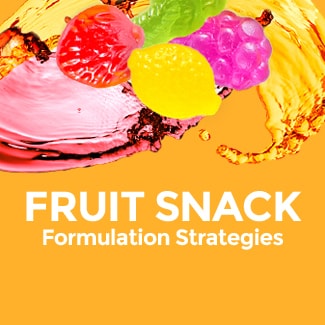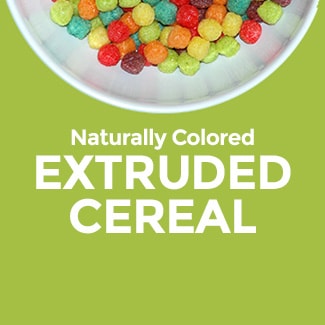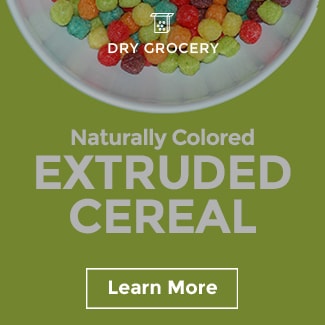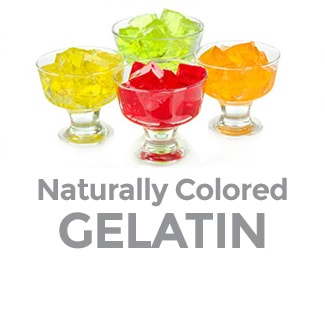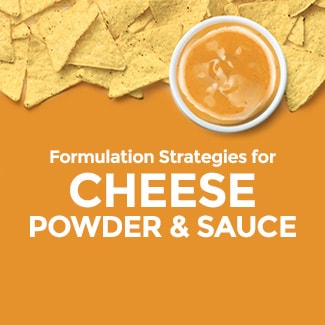Savory Natural Brown Shades for Sauces and Marinades
Adventurous Innovation in the Sauce and Marinade Category
Brands are taking consumers on a journey full of flavor and surprise with recent sauce and marinade makeovers. They are also engaging shoppers in whole new ways by targeting specific cooking methods such as sauces for the skillet, slow cooker, grill, braising, marinating, etc.
New product launches and reformulations are drawing upon a number of trends to spur category activity, such as…
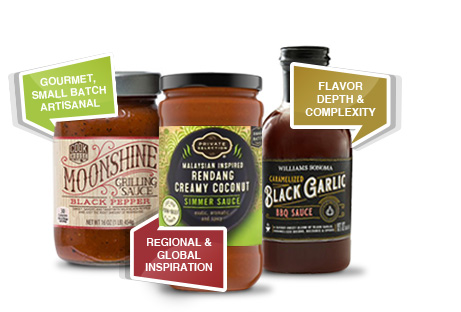
Additionally, many packaged meats and deli cuts that include marinades in their recipes are showing off their makeovers with all-natural and organic claims.
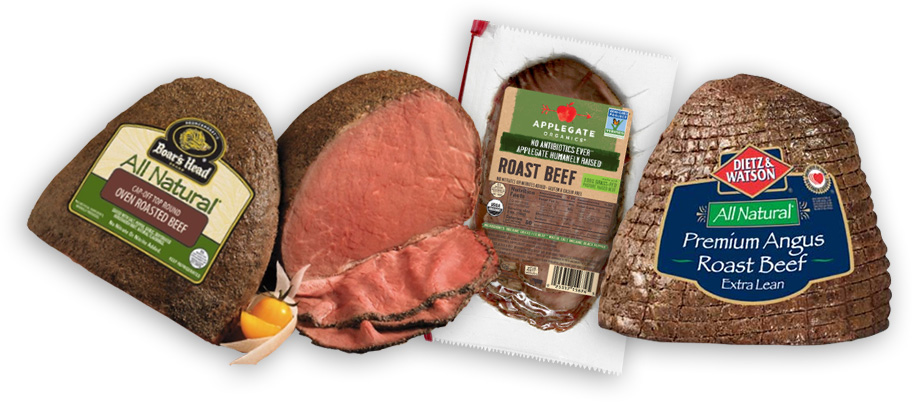
The movement to cleaner ingredients is actually a blanket trend across the entire sauce and marinade category, including:

Fruit and vegetable juices for food color.

Recipes with real ingredients and natural flavors.

Formulations free-from additives and preservatives.

Relaunches with reduced sodium content.
In regards to food coloring, we have received many requests for natural brown food coloring to replace caramel colors. The uptick in these requests most likely stem from negative publicity around class III and IV caramel colors. Additionally, there seems to be some controversy over caramel coloring amongst regulatory bodies. To avoid uncertainty, food and beverage brands are proactively choosing to replace caramel colors with alternative options.
Savory Brown Shades for Sauces and Marinades
Caramel is one of the most widely used colorants in the sauce and marinade categories because of its low cost, stability, and range of brown shades. From a technical standpoint, there are many positives when it comes to performance and cost-in-use for caramel colors; the only negative would be its scrutiny from the media and various consumer advocacy groups.
Luckily, there are some very good natural brown options available today for those seeking alternative solutions.
Caramel Replacement Strategy #1: Fruit and Vegetable Juice Blends
One common approach to replace caramel coloring would be to use a combination of anthocyanin and botanical colors. A blend of red, blue, and yellow components will provide rich brown shades. Blending does require awareness of the different inherent properties and regulations of each botanical component. While blends are effective ways to achieve dark brown shades, they can be costly at times.
Let’s look at some of the inherent traits of brown blend components…
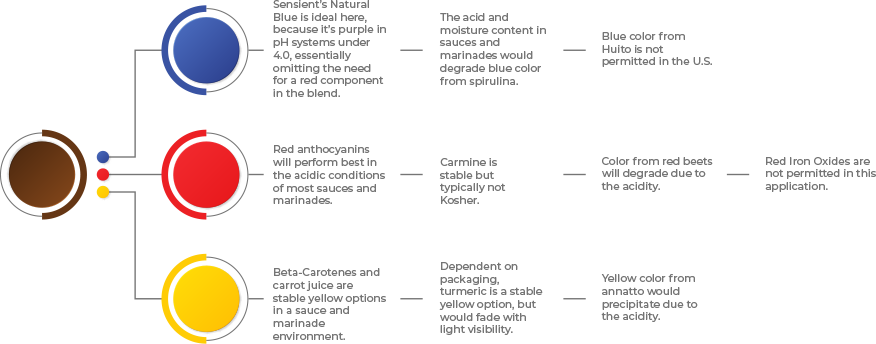
Caramel Replacement Strategy #2: Sensient’s Sienna™ Fruit Juice
Our team has found quite a lot of success employing our Sienna™ natural brown fruit juice. It has many of the same advantages as caramel color in food and provides very appealing brown shades. It is an ideal replacer for class I or class II caramel. Sienna is stable across an extremely broad pH range and withstands light exposure.
From a usage standpoint, the Sienna fruit juice is very cost-efficient, so price is generally not a concern. However, it does have some off-notes, which can be undesirable or complimentary, but its taste profile has never been an issue in any of our sauce and marinade projects.

Sienna also provides an excellent foundation to achieve darker brown options.
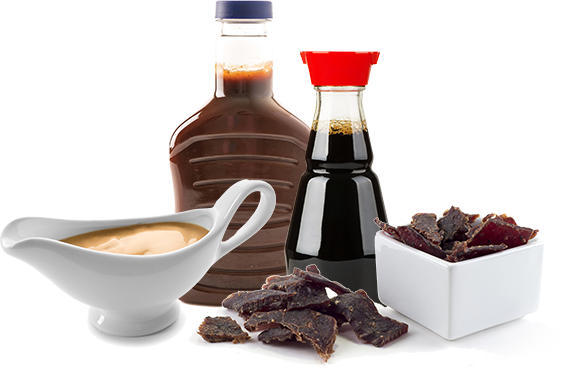
Caramel Replacement Strategy #3: Sensient’s Sienna™ Fruit Juice + Blues/Browns
One of the most interesting approaches to replacing caramel has been to use the Sienna fruit juice in combination with our plant extracts, natural blue, or natural flavor to create dark brown shades in the most cost-effective manner. These solutions have produced some very good results in replacing class III and IV caramel colors.
If you have any questions or projects where you need some assistance with brown shades, let’s talk! Start a conversation here.
Trial any of the natural brown solutions featured in this article by simply requesting samples here.









